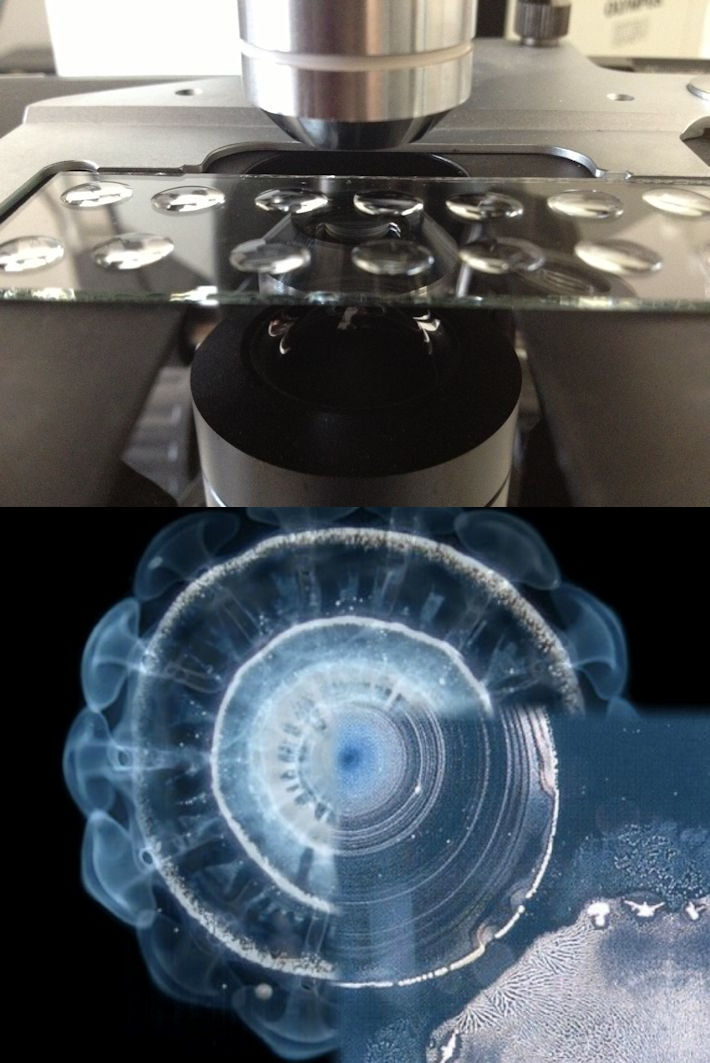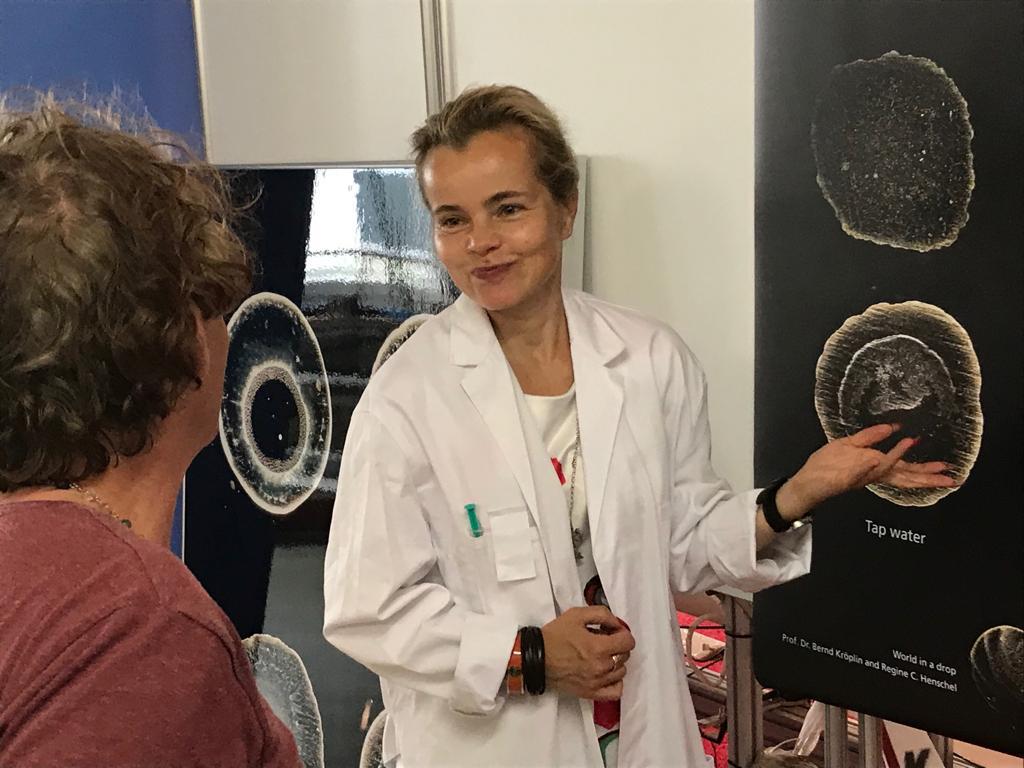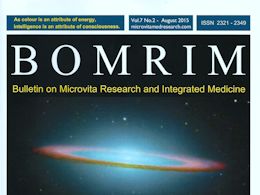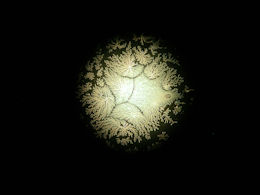
Could you imagine
Which low dose-effects of radiations are astronauts exposed? Could these low effects acting on human organisms – up to now unverifiable - been detected? Based on these questions discovered Prof. Dr. Bernd Helmut Kröplin and his team a sensitive and on divers vibrations reacting element: the water.
Water reacts sensitively to external influences and stores information in nature - and in us. Water communicates over distances. Testimony of this are fascinating water drop-images in which these phenomena of memory are fixed perceptible to everyone. Prof. Dr. Bernd Kröplin, Regine C. Henschel and their team are tracking these secrets. Reproducible experiments with fascinating images give a deep insight on how radiation of mobile phones, ultrasound, music, vibration therapies and even love and thought have an impact on the structure of water. A completely new picture of the role of water in nature and the human body. Our Ebook "Water and its Memory" is availabe on Amazon.com, Apple/iTunes, Google ebooks.
135 pages, with over 150 drop images, eBook, GutesBuch Verlag
ISBN-Nr.: 978-3-9819203-0-7
16,99 €
Order on Amazon.com or Amazon.de
These and other questions have been the subject of Prof. Dr. Kroeplin's research team in Stuttgart for over fifteen years. Employing image capture using dark field microscopy has allowed us to uncover an astonishing microcosm contained within the inner structure of this commonplace and seemingly familiar medium. One of the most important discoveries made, was the fact that water is not just a solvent for substances such as minerals, enzymes and vitamins, but could in fact transfer information between the cells of an organism. Water “notes” the external influences that have acted upon it. This is especially important to us humans, as water makes up around 70% of our bodies. External factors that we expose ourselves to, be it music, electromagnetic radiation or chemical substances, all have an impact on the water structure within our cells that can be seen under a microscope. Our research is based on observed phenomena and has a long way still to go. Over the years the subject has fascinated and attracted visual artists. This fact has inspired Dr. Kroeplin to combine forces and set up the “World in a Drop” exhibitions, providing the public with scientific insights as well as creative visions concerning the topic. Since the first exhibition on the subject at the EXPO 2000 in Hannover, the project as well as the research have both matured. New discoveries as well as the overall progress will be presented at different venues this year.
We invite you to dive into “The World in a Drop” and discover for yourself the secrets contained within water memory.

The water communication - an amazing theme!
More information here....

Uraufführung von "Acqua" mit unseren Wassertropfenfotos
mehr Infos...
“Water is a medium that is largely not understood by physics and chemistry. Its material nature is tested, studied and understood by physics. However, beyond its physical and chemical qualities also memory and information play a significant role in water, and these build a bridge from the immaterial to the material world. These subtle phenomena are the ground of misunderstanding, and they can neither be studied nor detected by traditional experimental methods.
Hence, we use a different approach: we investigate the patterns that appear in a water drop after evaporation of the water and photograph them under a dark field microscope with a magnification between 40 and 400. We can prove that the patterns correlate with information exposed to the water. For one experiment, the patterns are in the most cases so similar that we can speak of reproducibility of the test.
Typical patterns appear for each kind of water itself, depending on the ingredients and history of the water. External effects may overrule these patterns, e.g. things, which are laid in the water or electromagnetic frequencies or acoustic waves that oppose to the water. By the observed patterns, we realize that water has a particular kind of memorizing and storing information of things that it has experienced. From experiments, we can also see that living organisms, like plants, can “read” this information and act with a unique behavior to the information stored in the water.
Our findings prove the memory of water and also the communication between separate units of water. Both seem to be essential for the understanding of mechanisms in living cells -these consist for approximately 70% of water- as well as for the communication of water in the world. This knowledge constitutes a reason to talk about a new dimension of quality and health of our planet earth.”
Prof. Dr. Bernd Helmut Kröplin
Research: Memory of water

Filming! News from our water laboratory will be revealed and filmed in April 2023... More information...

New article about the communication of water in BOMRIM, read more.....

Light water - an amazing research between light and water More information...